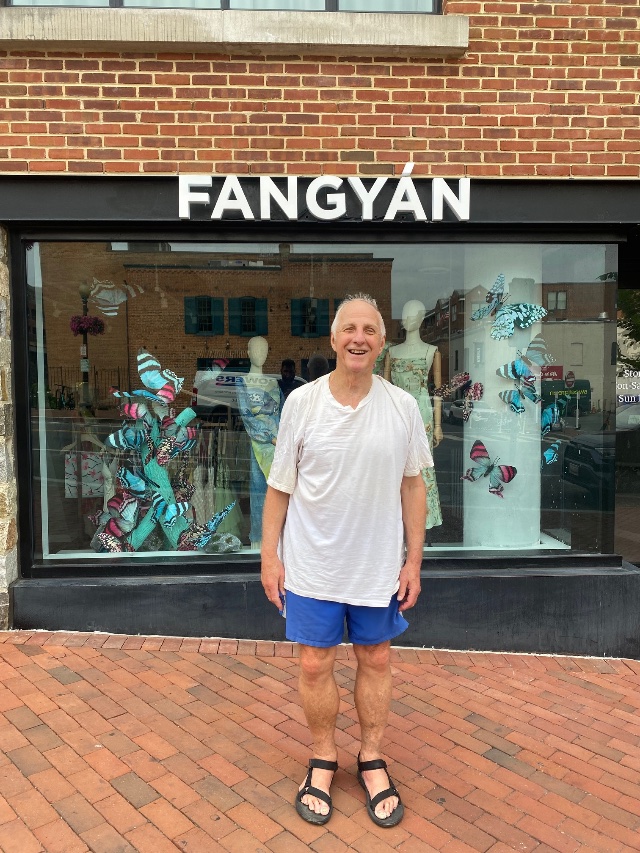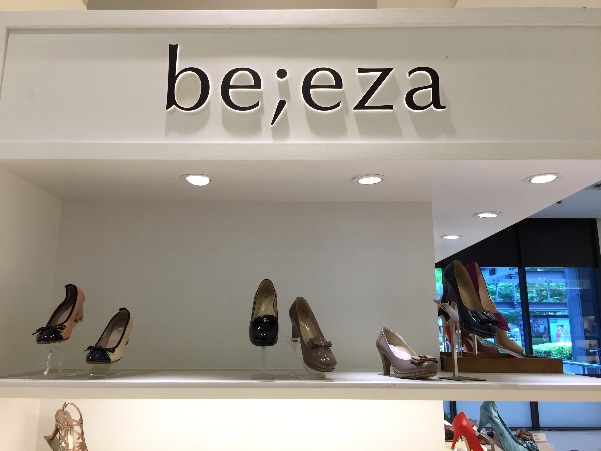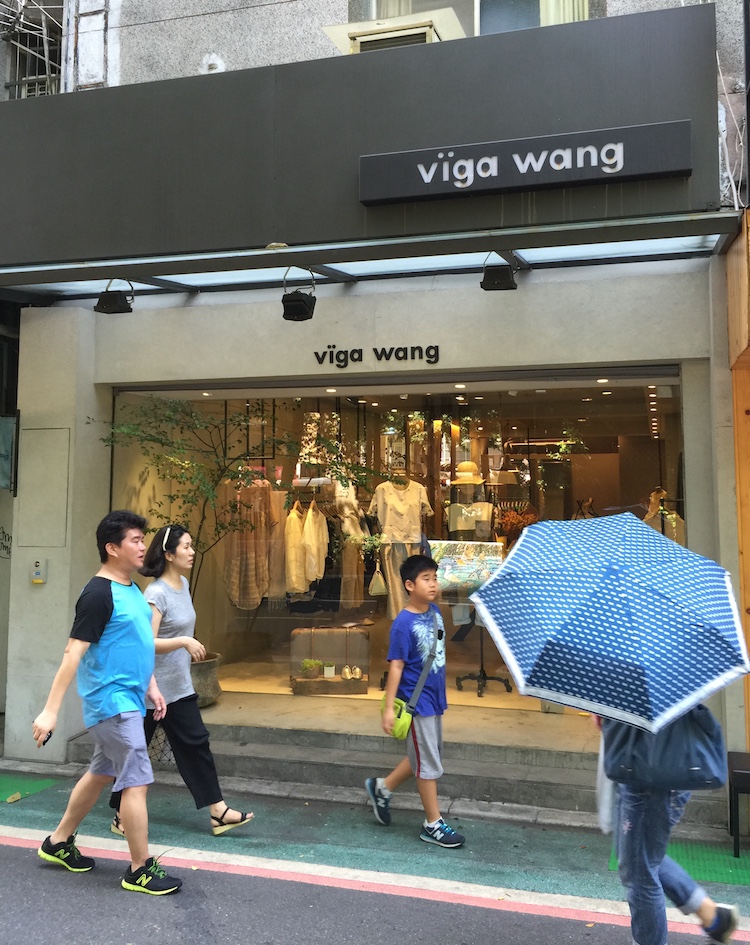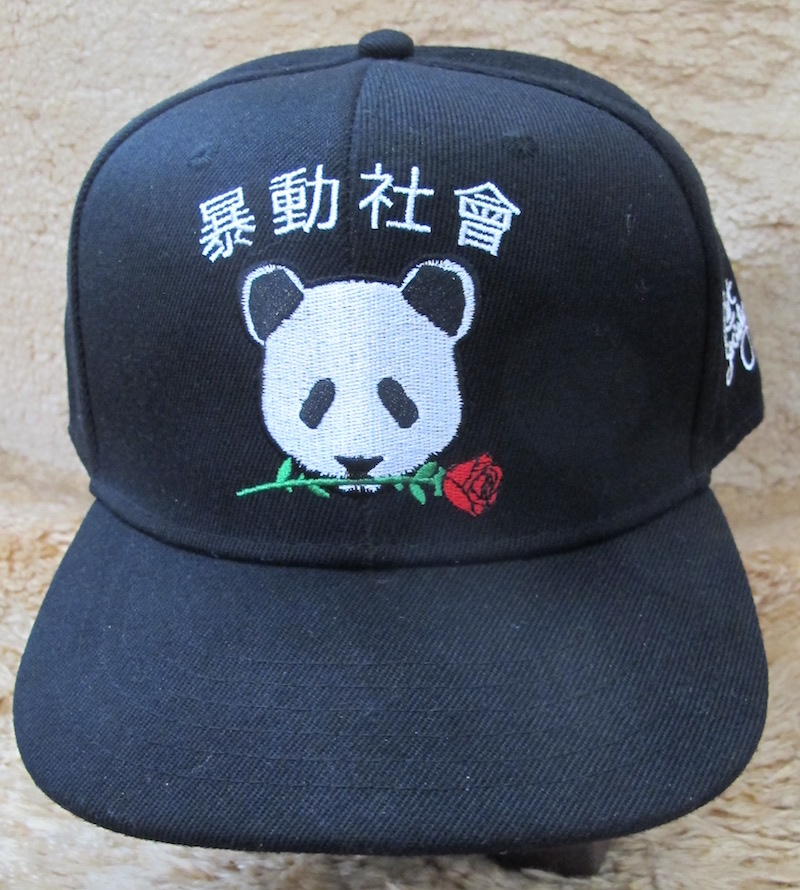IKEA: linguistics, esthetics, engineering
First, how to say the name.
I think that the "correct" pronunciation of IKEA is "ee-kay-uh", with emphasis on the "ee" sound, similar to the way a native Swedish speaker would say it, not "eye-kee-ah" or "ai-kee-uh" with stress on the second syllable, the way most Americans say it (all the Americans I know).
What does it mean?
IKEA is an acronym for Ingvar Kamprad Elmtaryd Agunnaryd, the names of the founder and the places where he grew up.
Read the rest of this entry »



